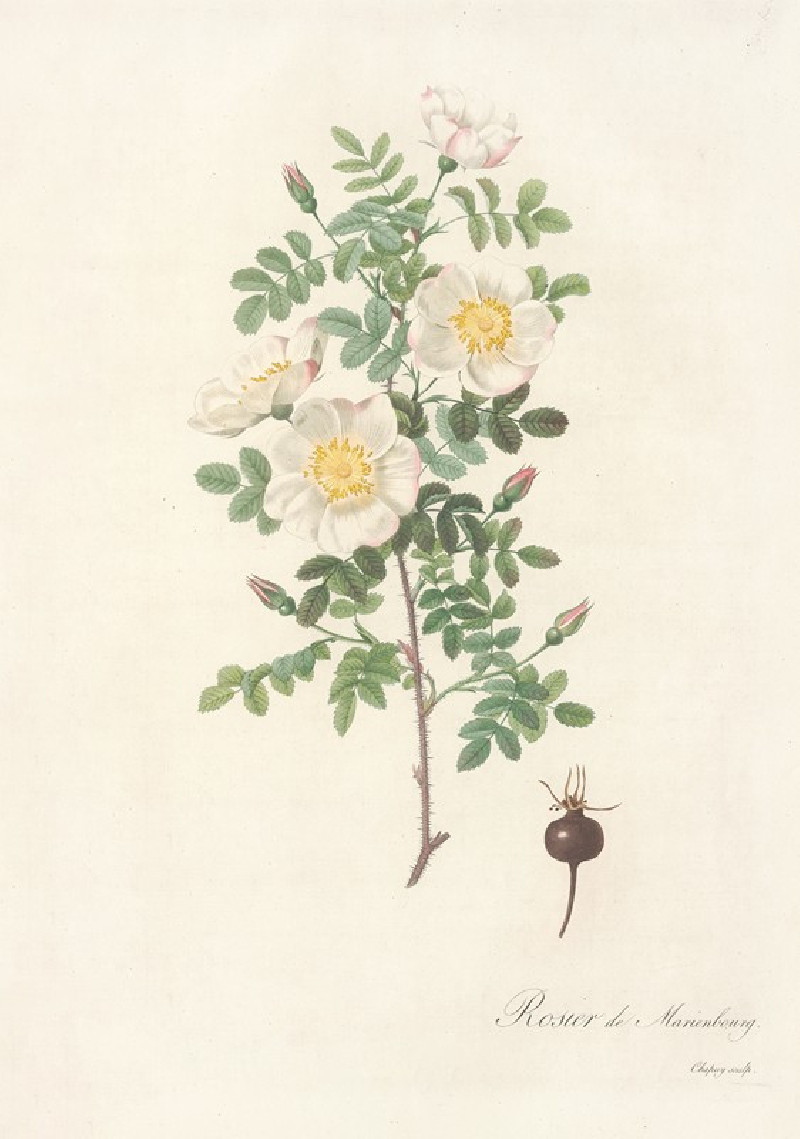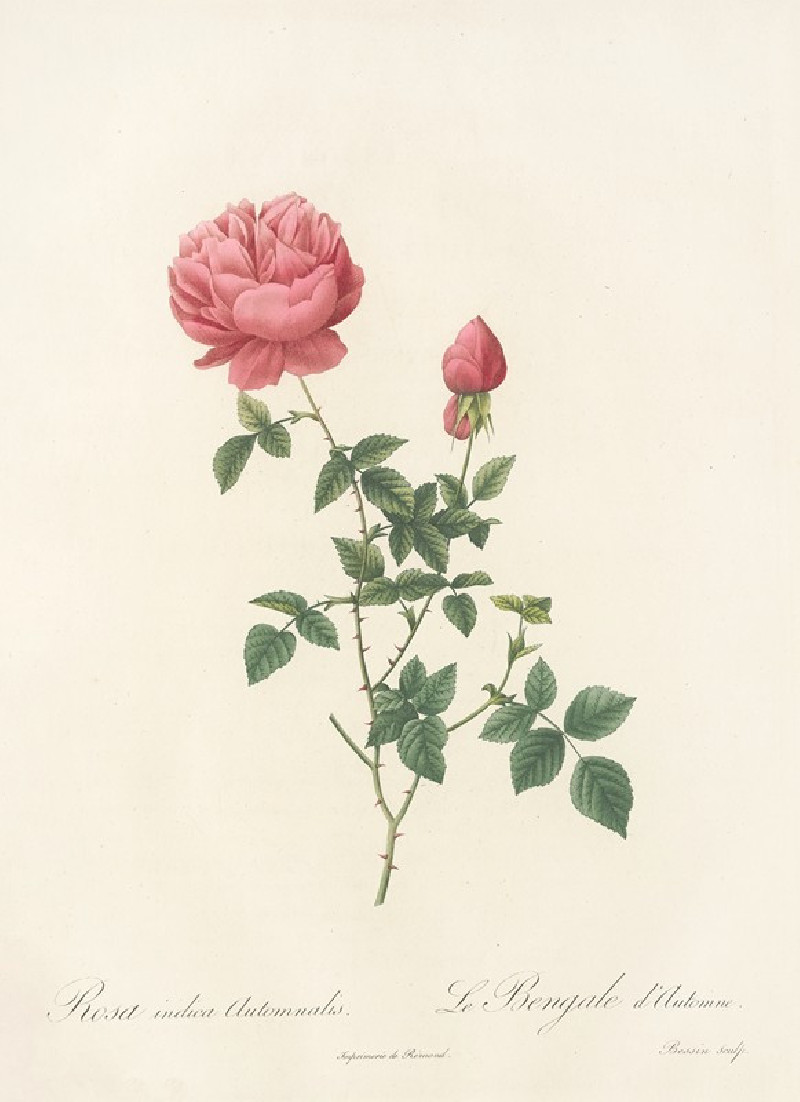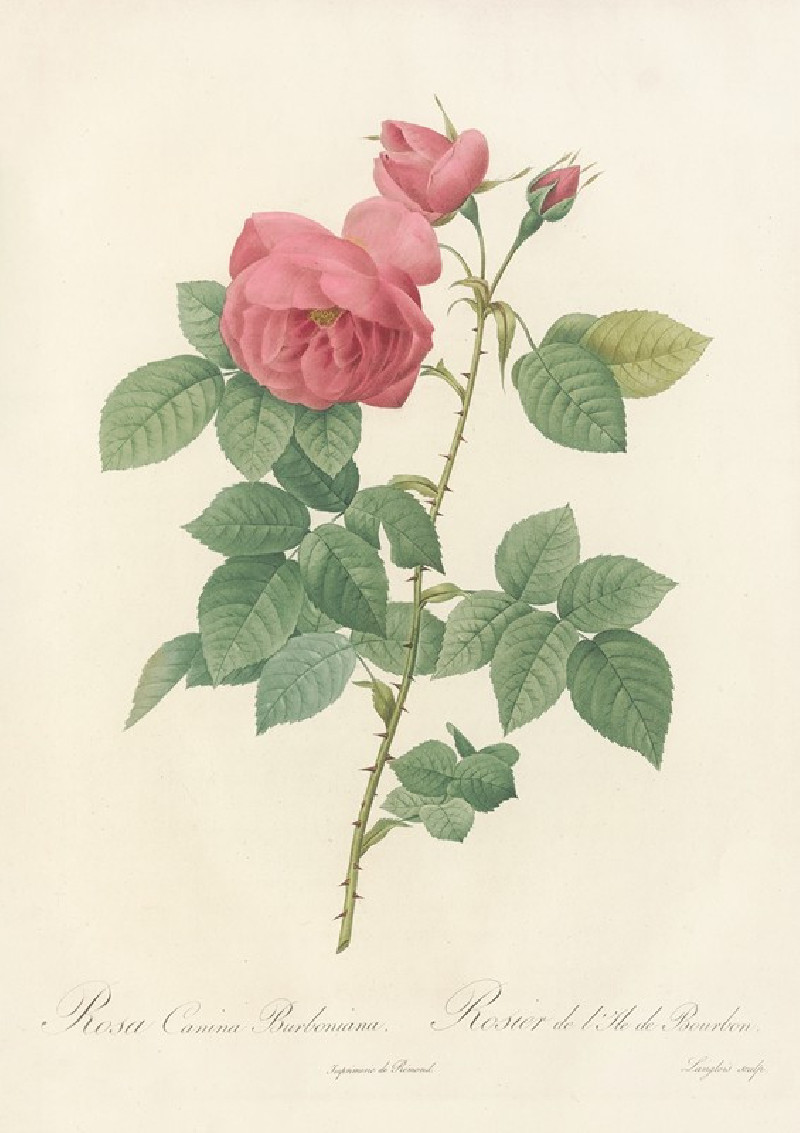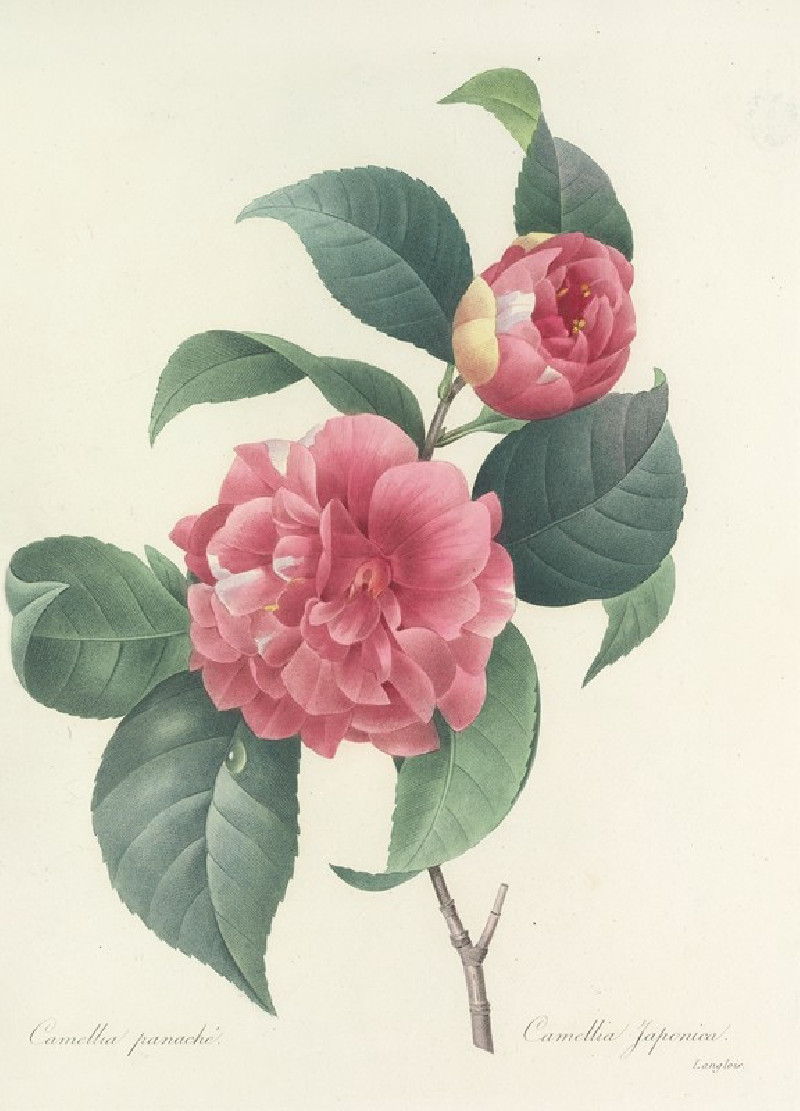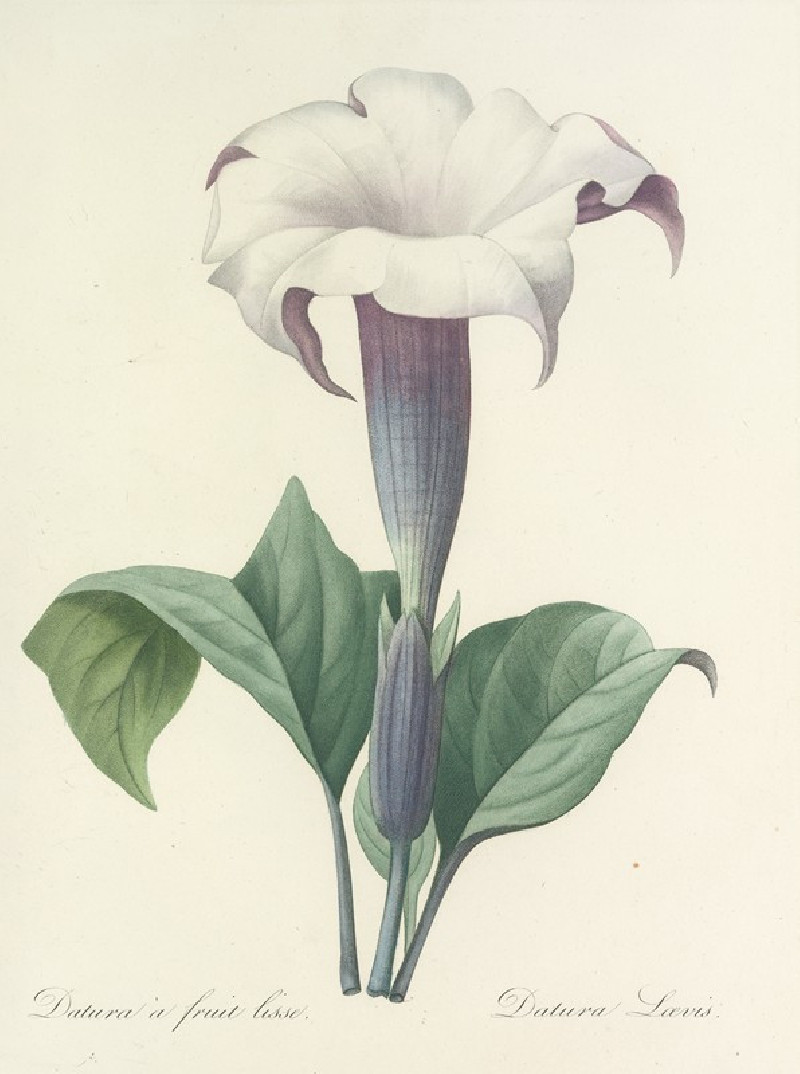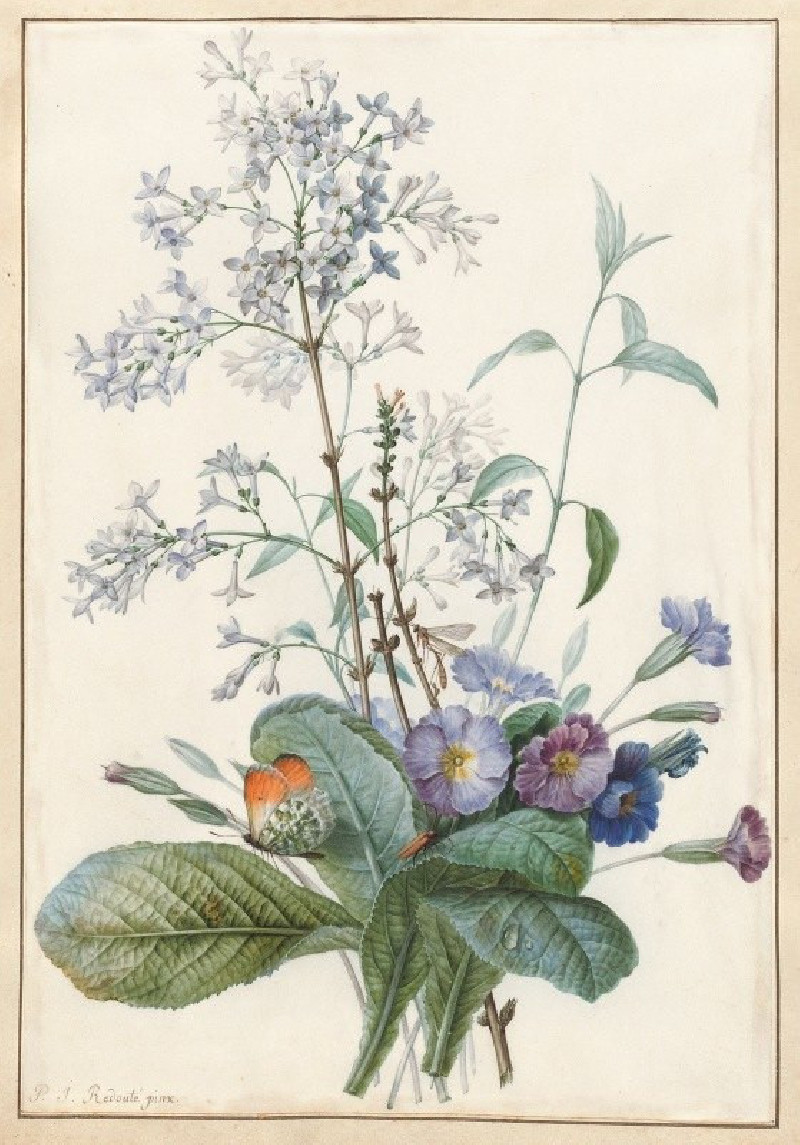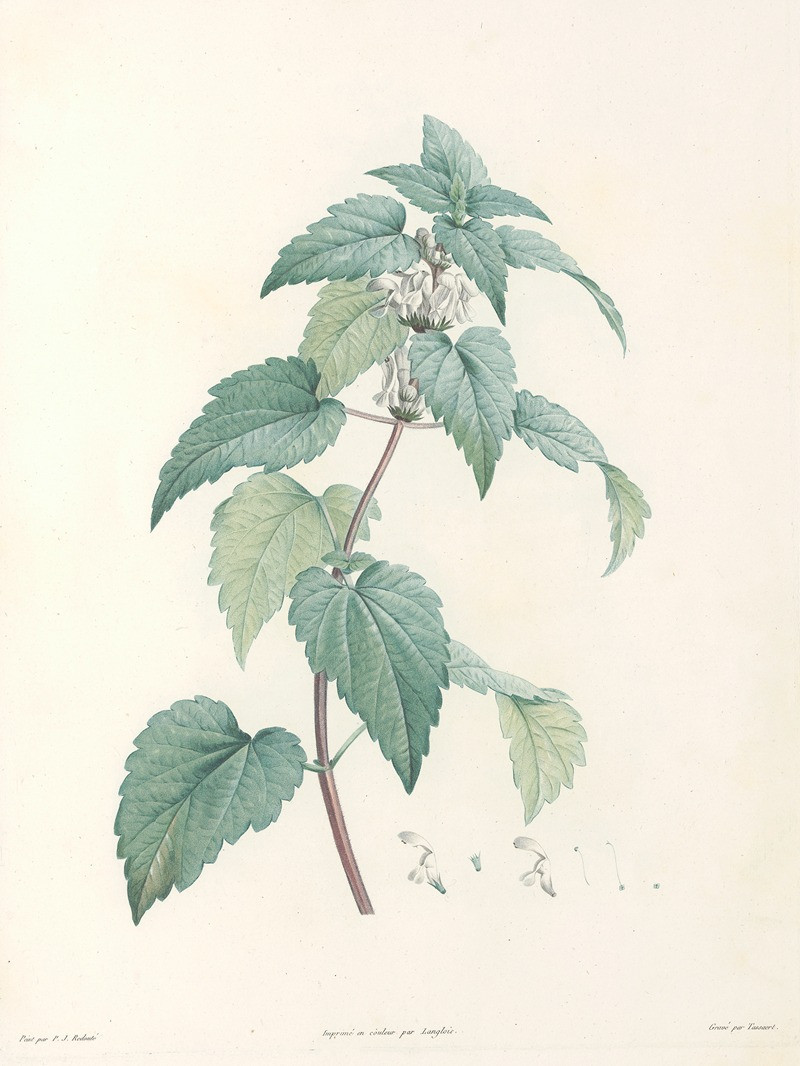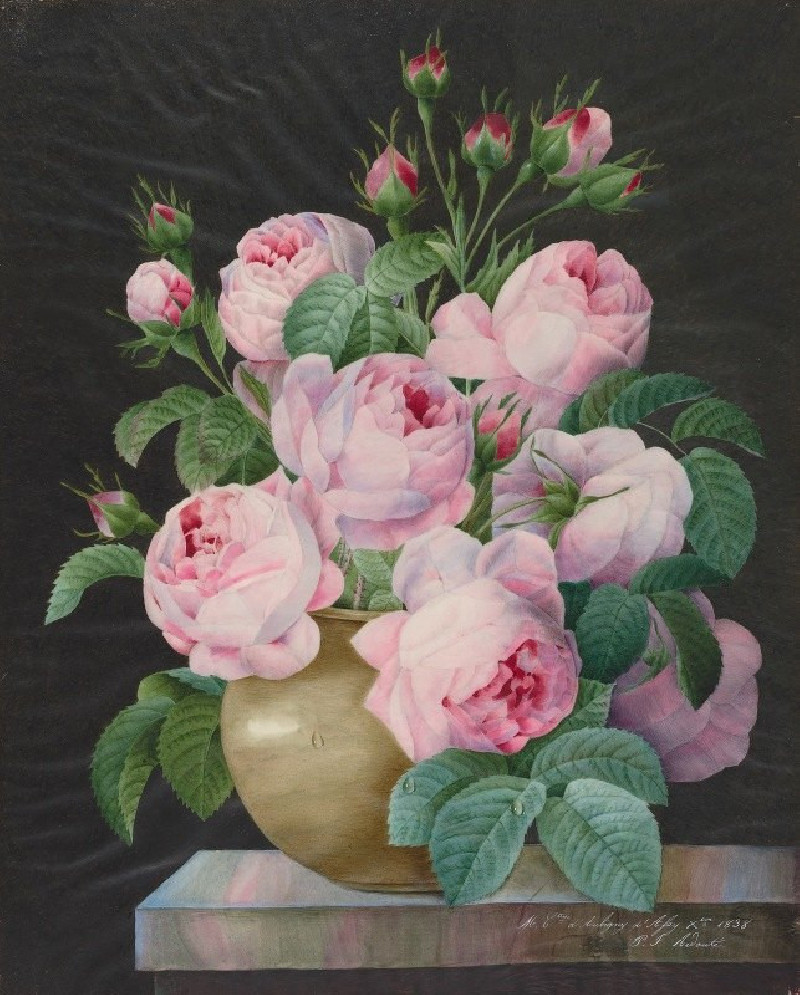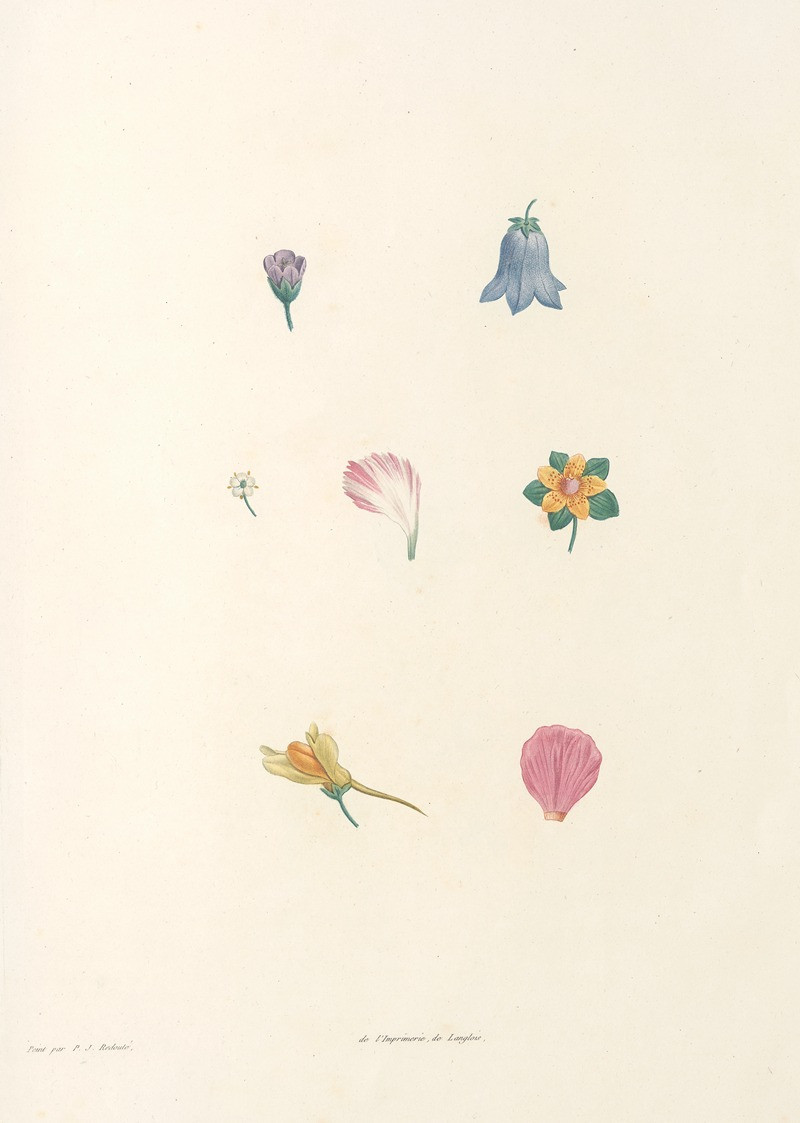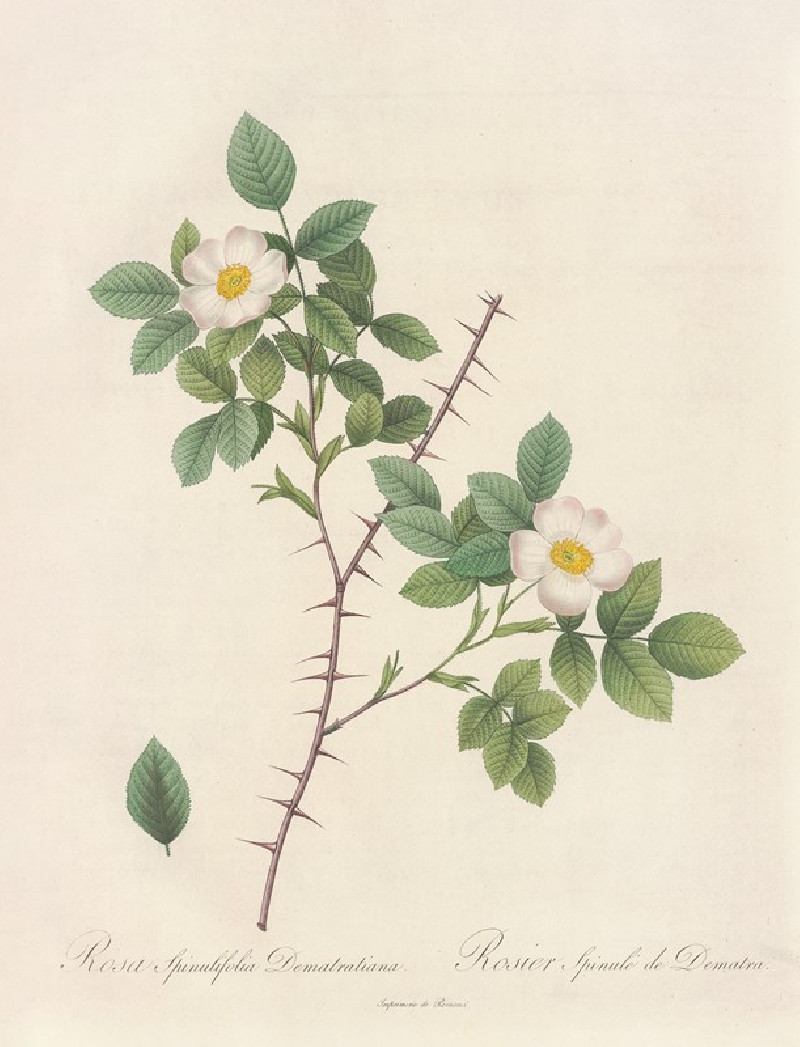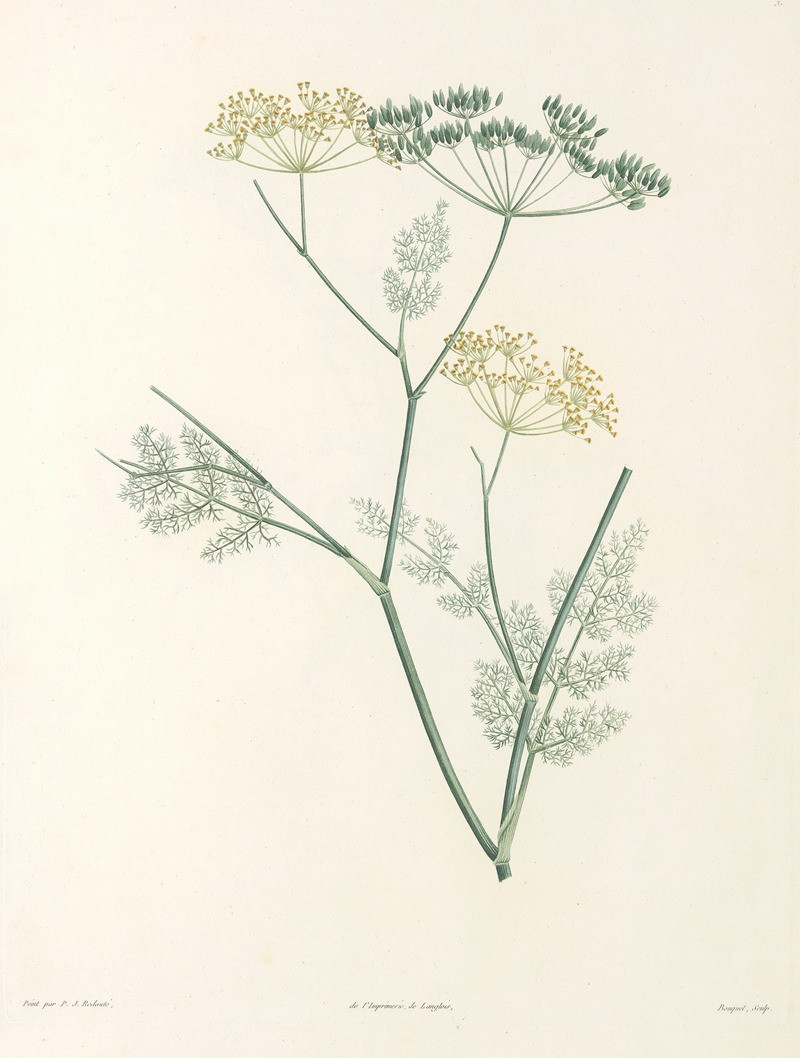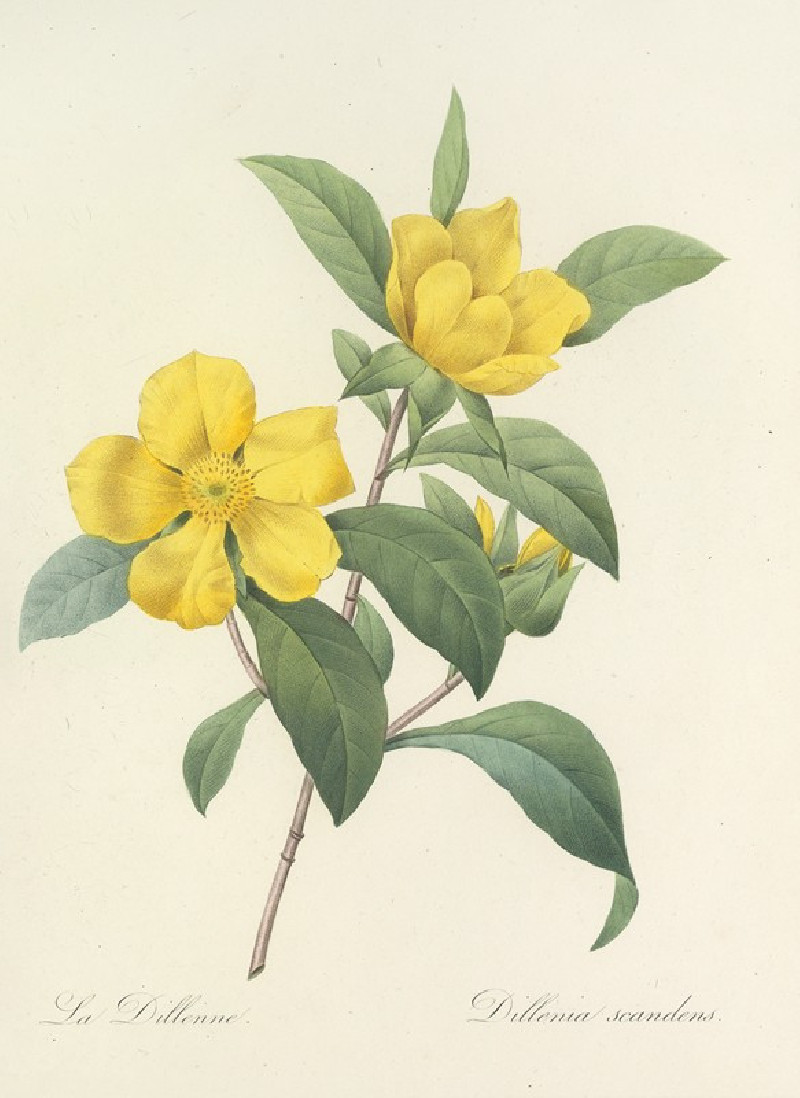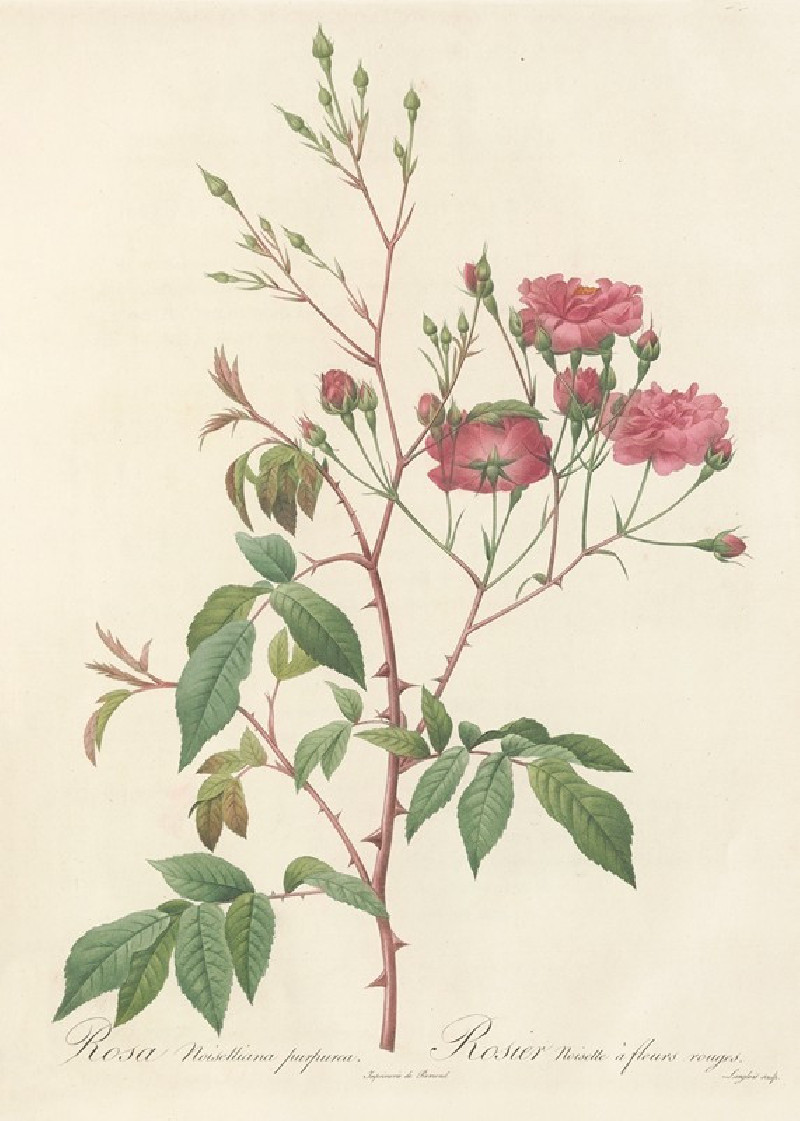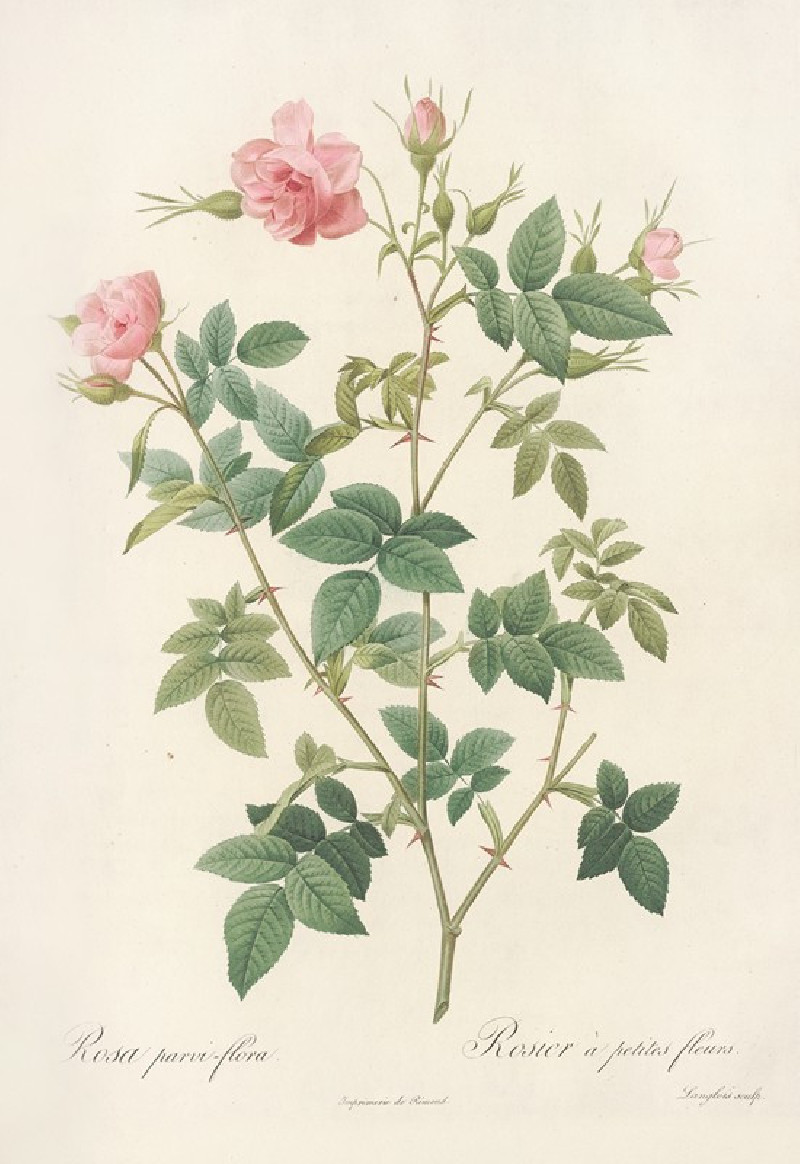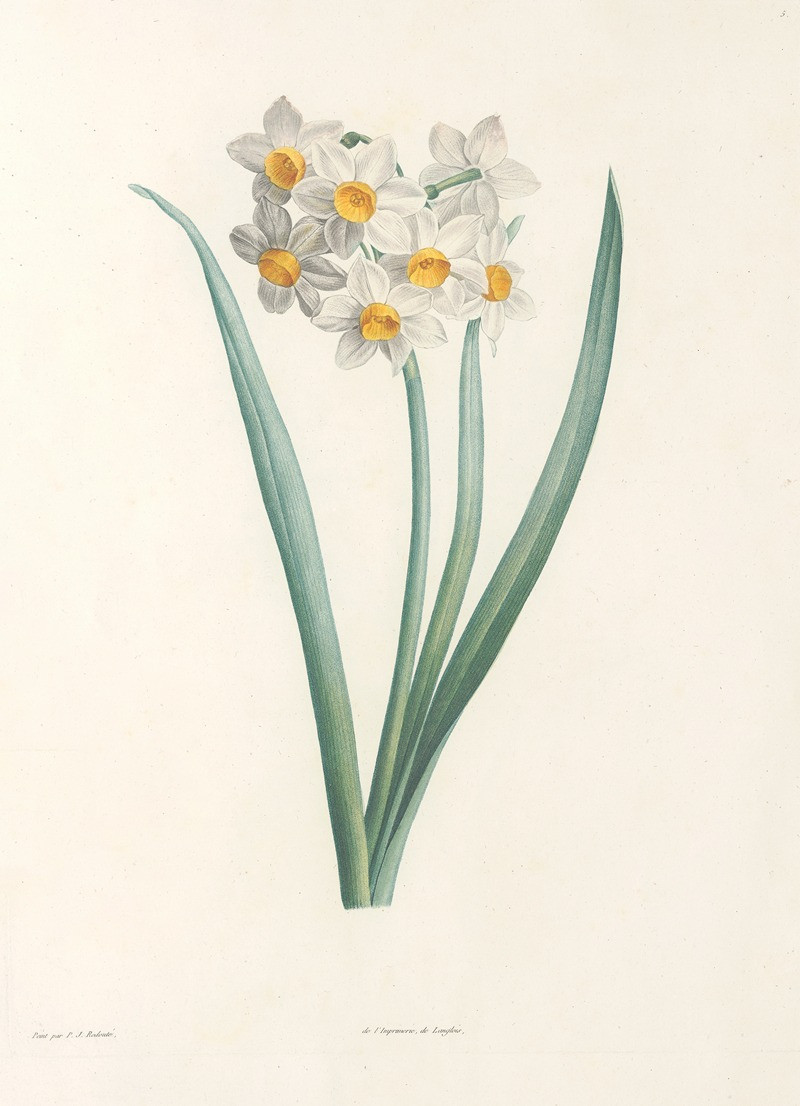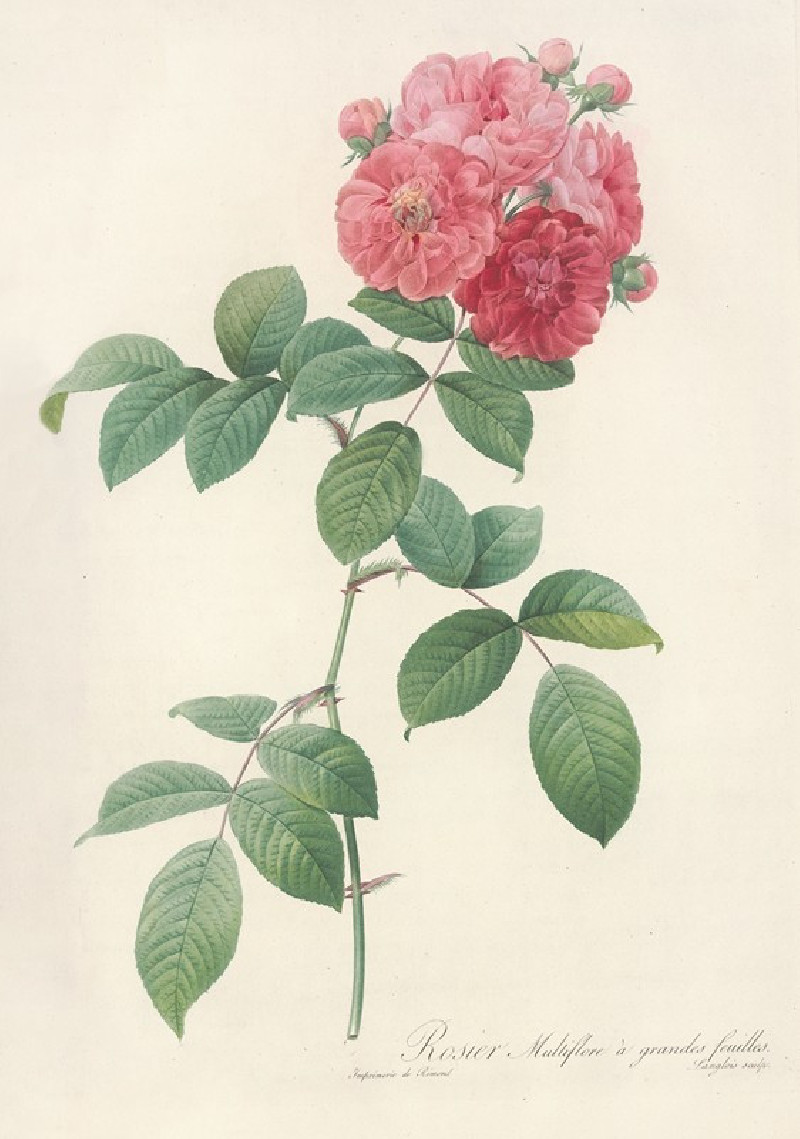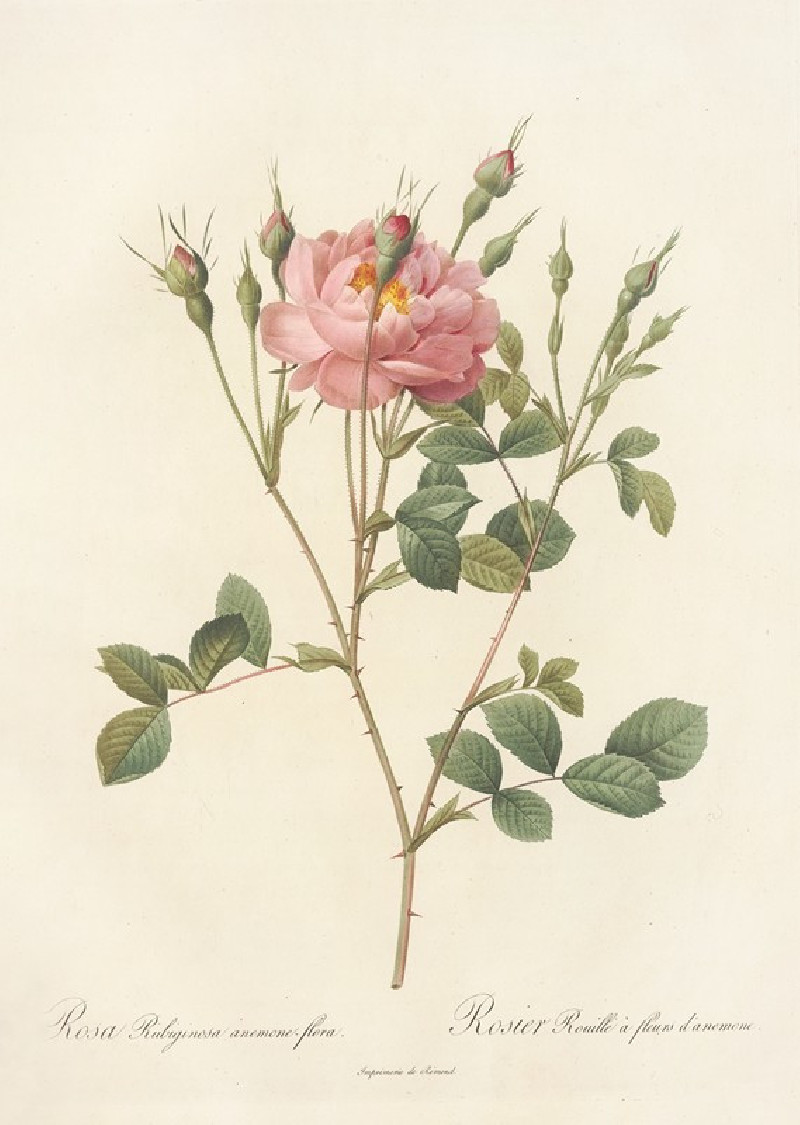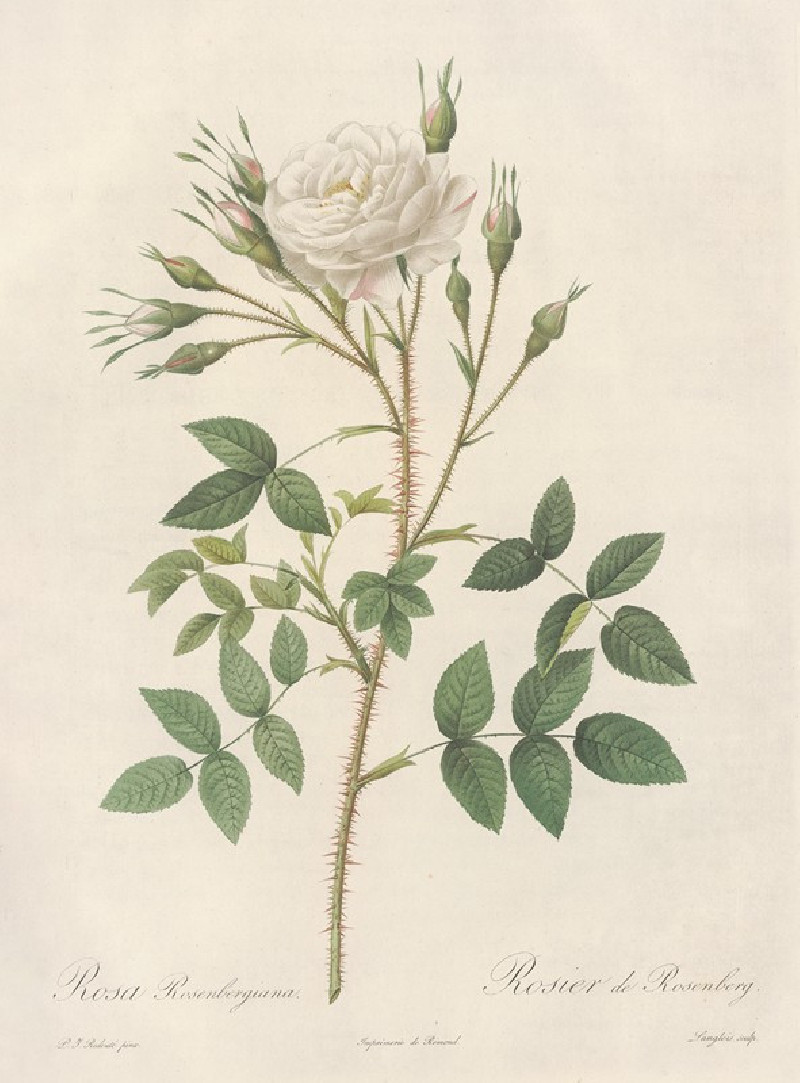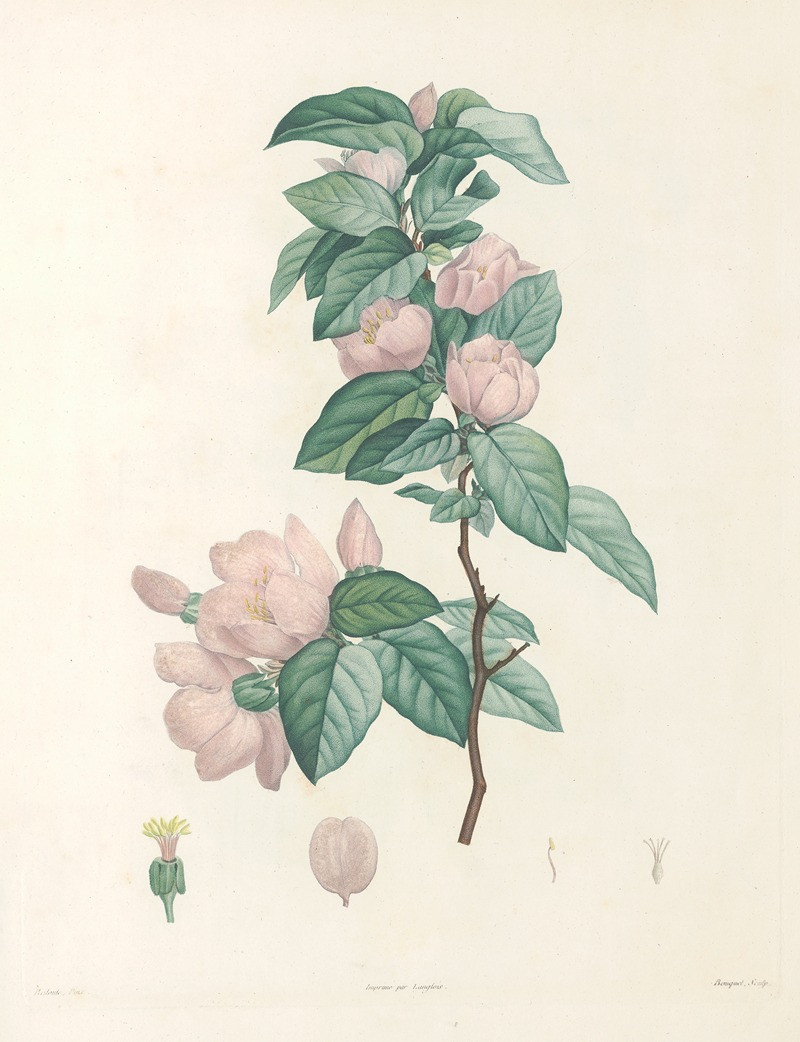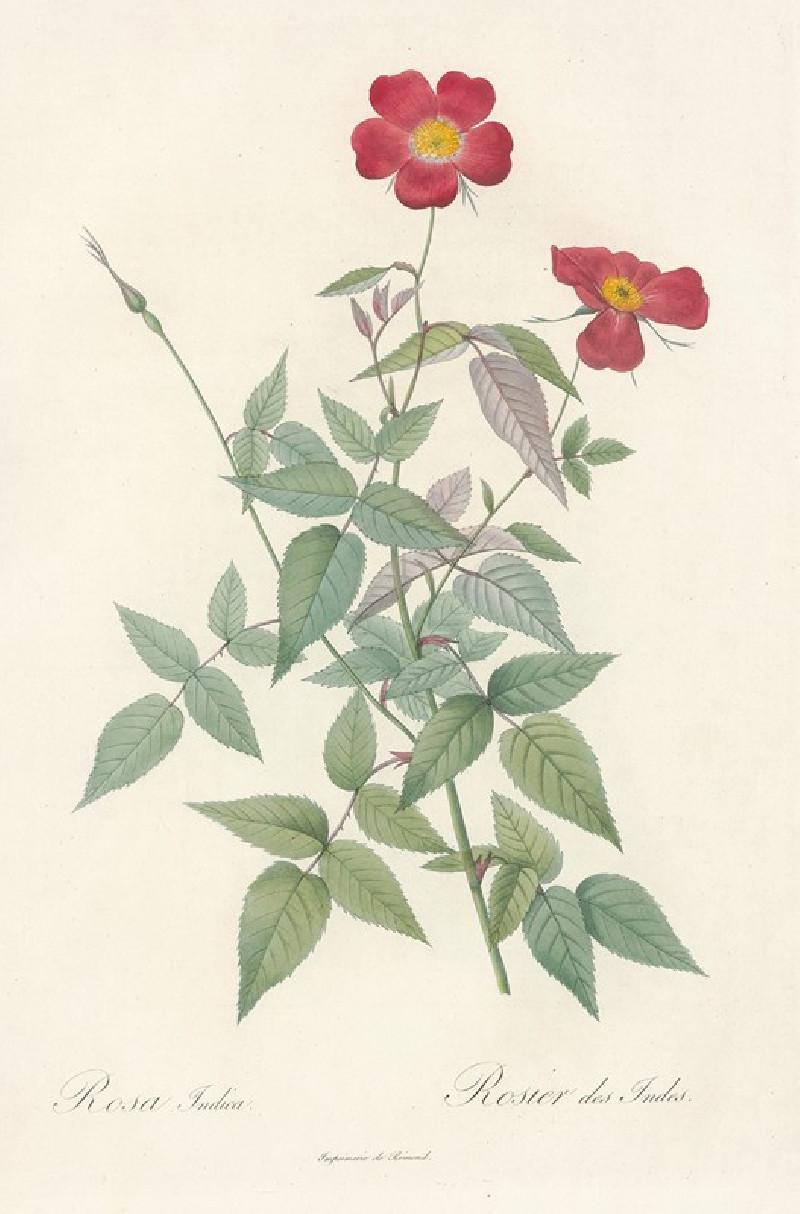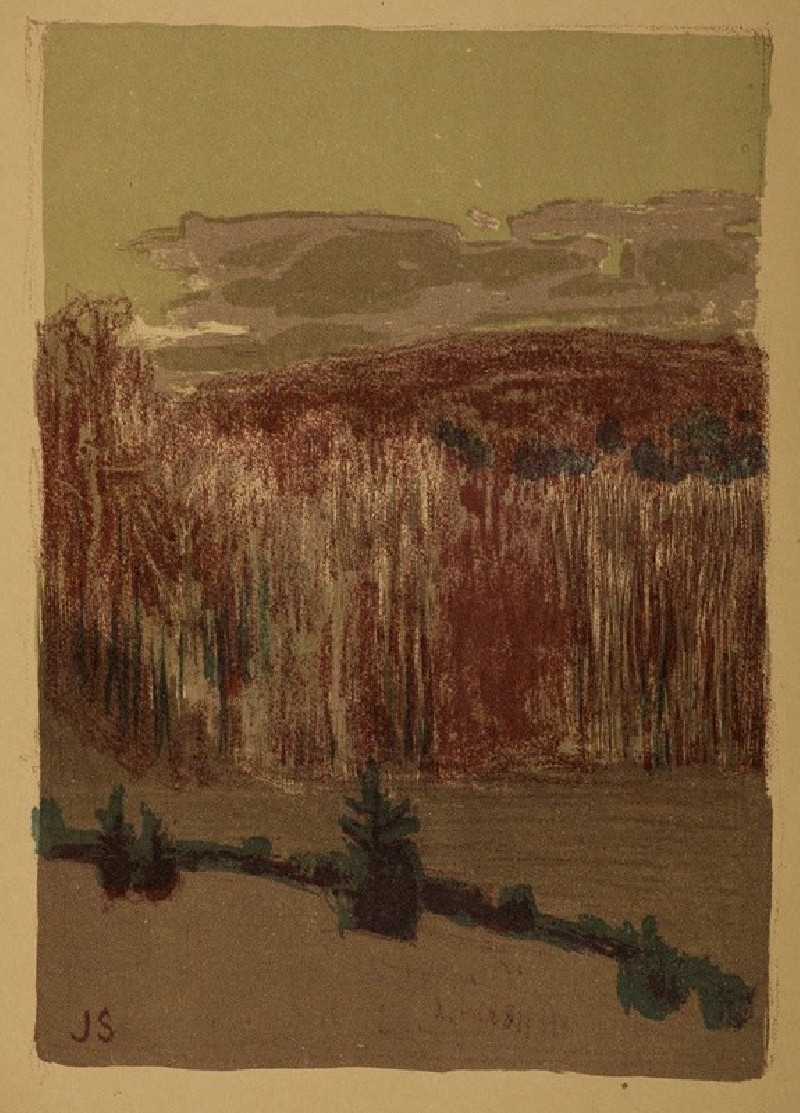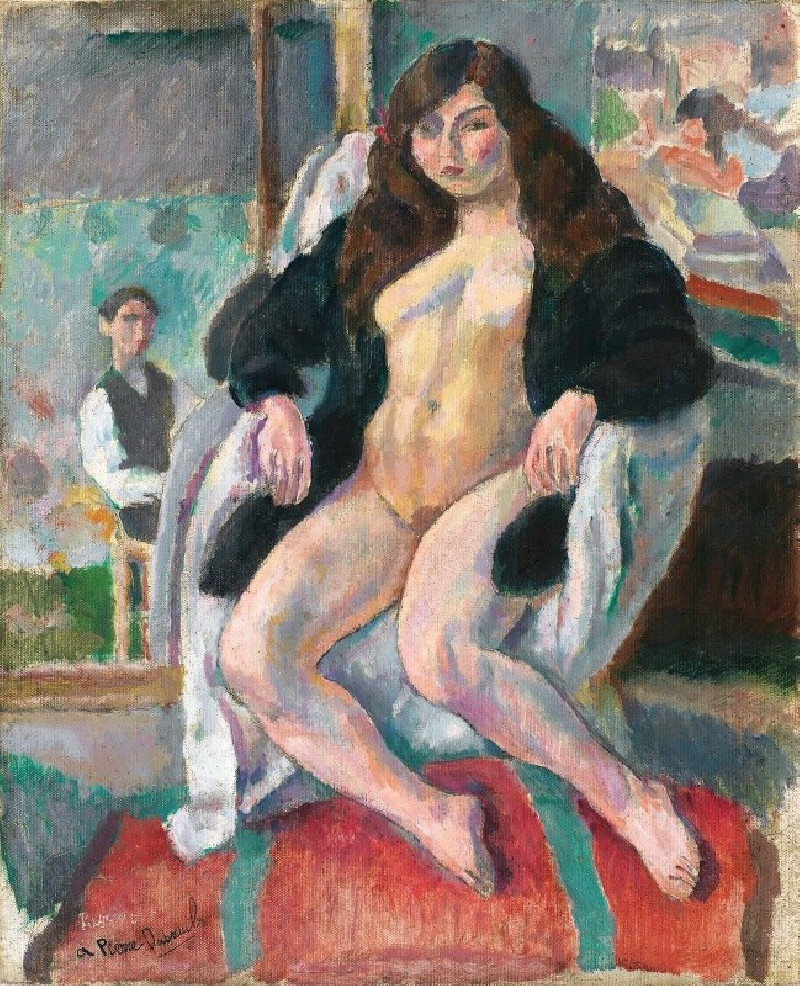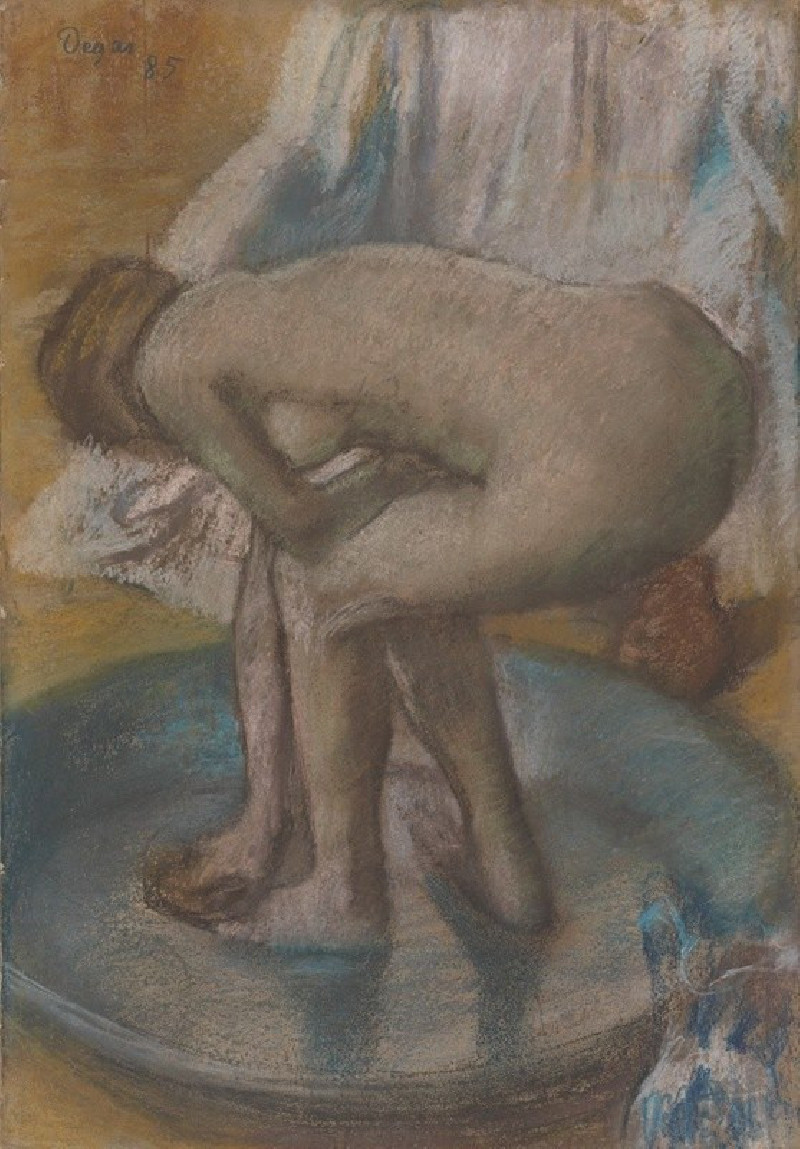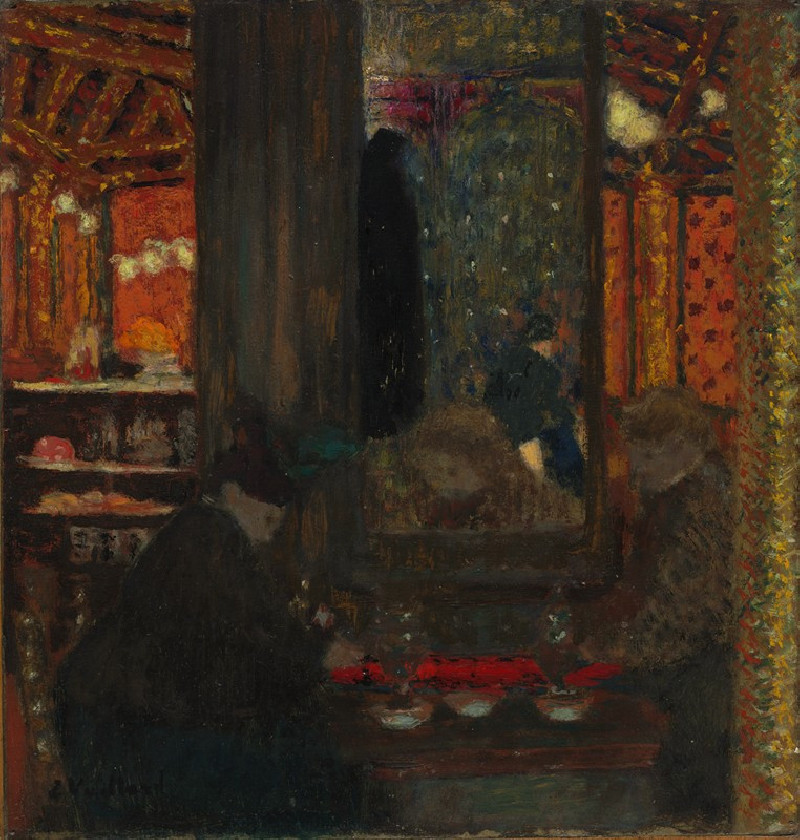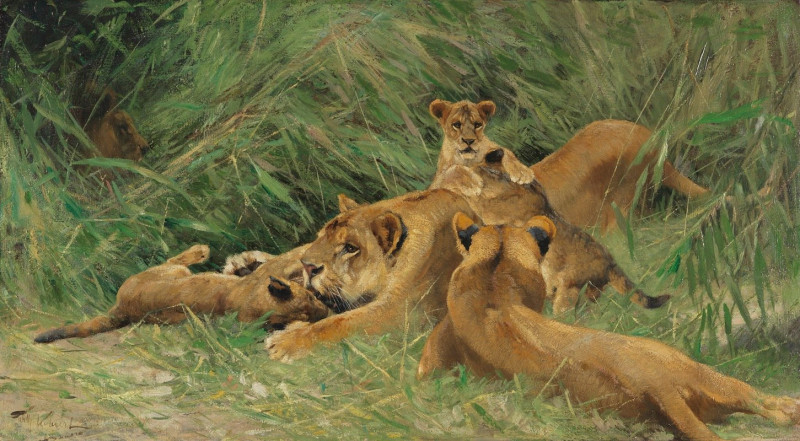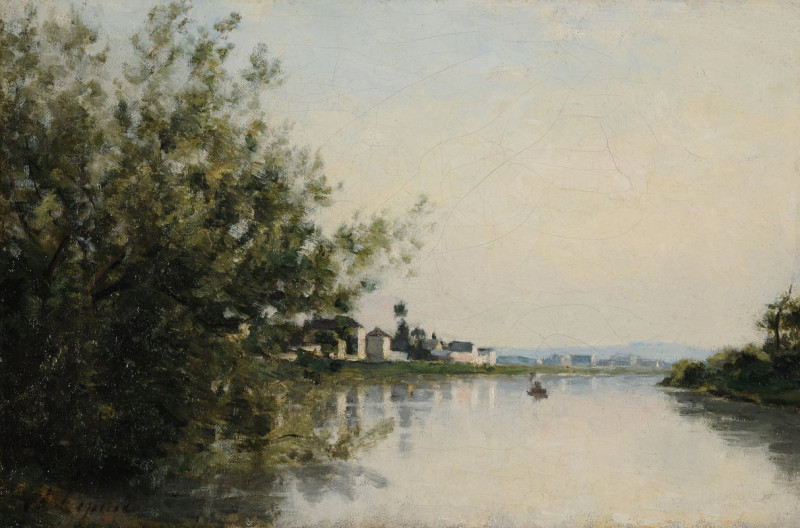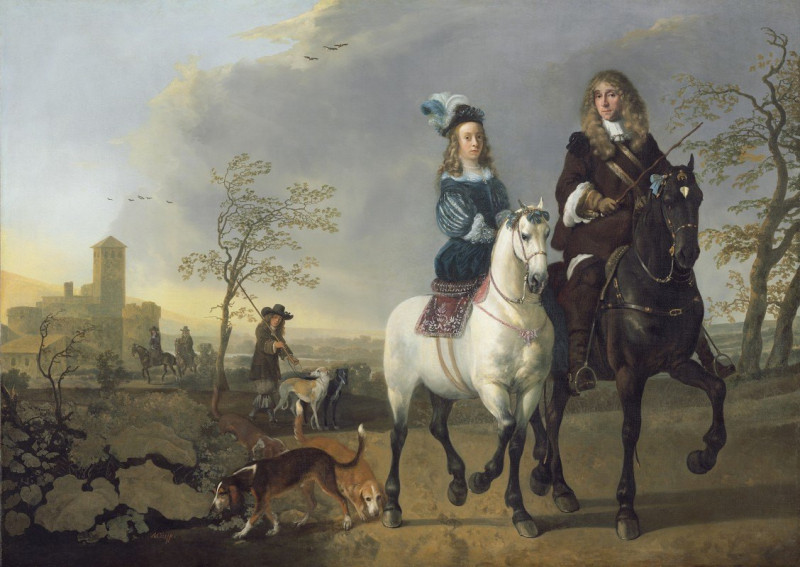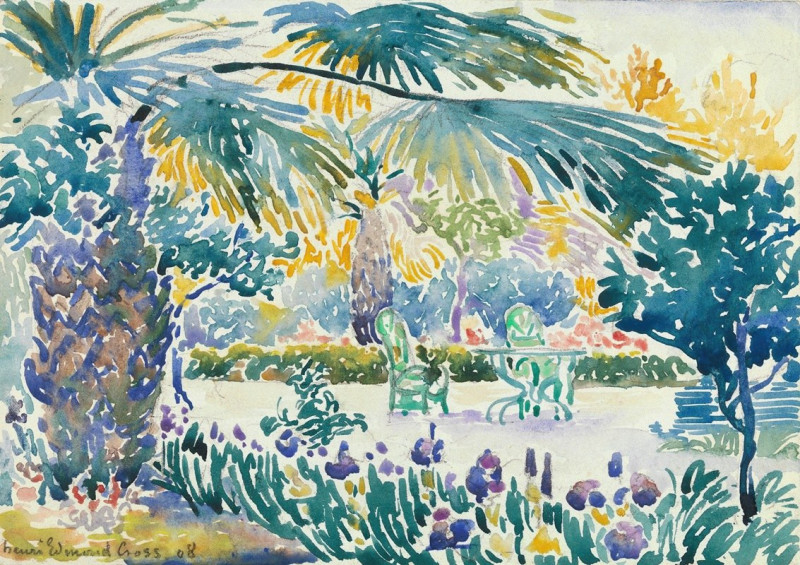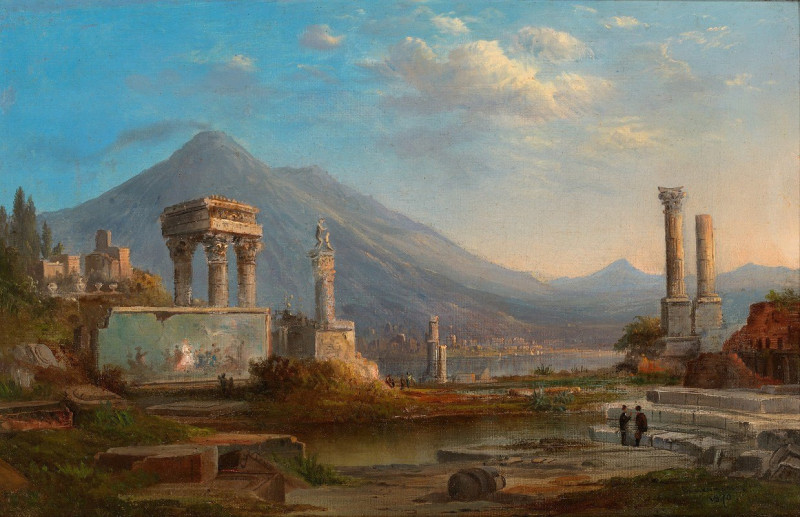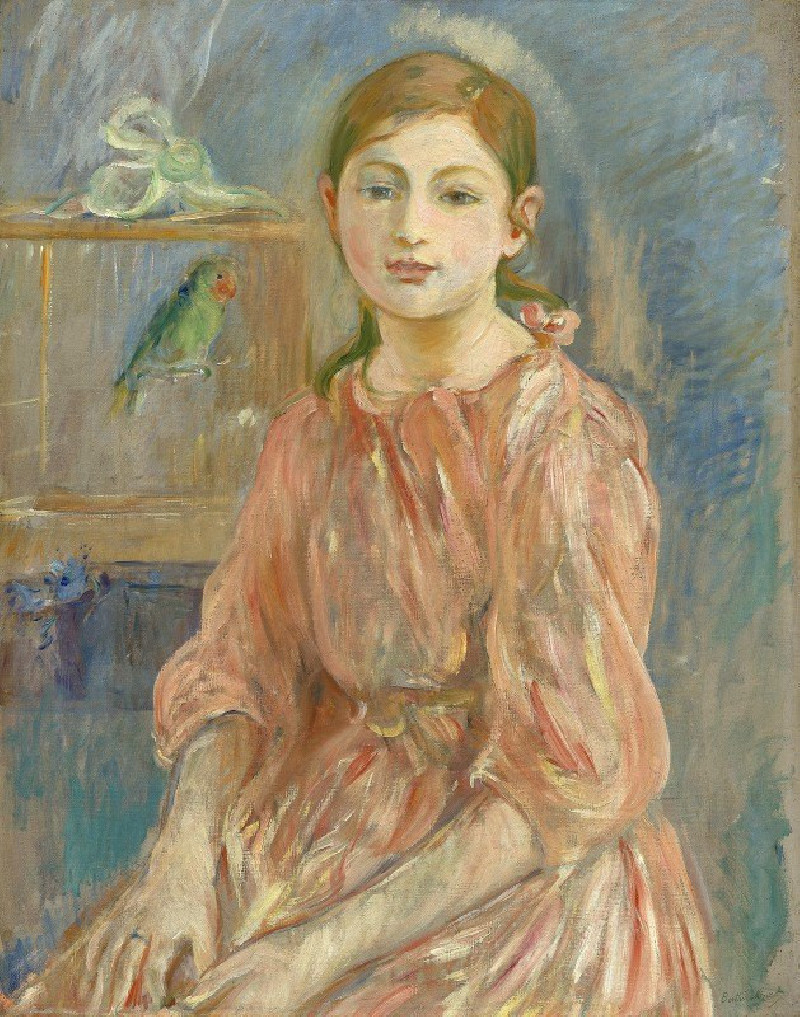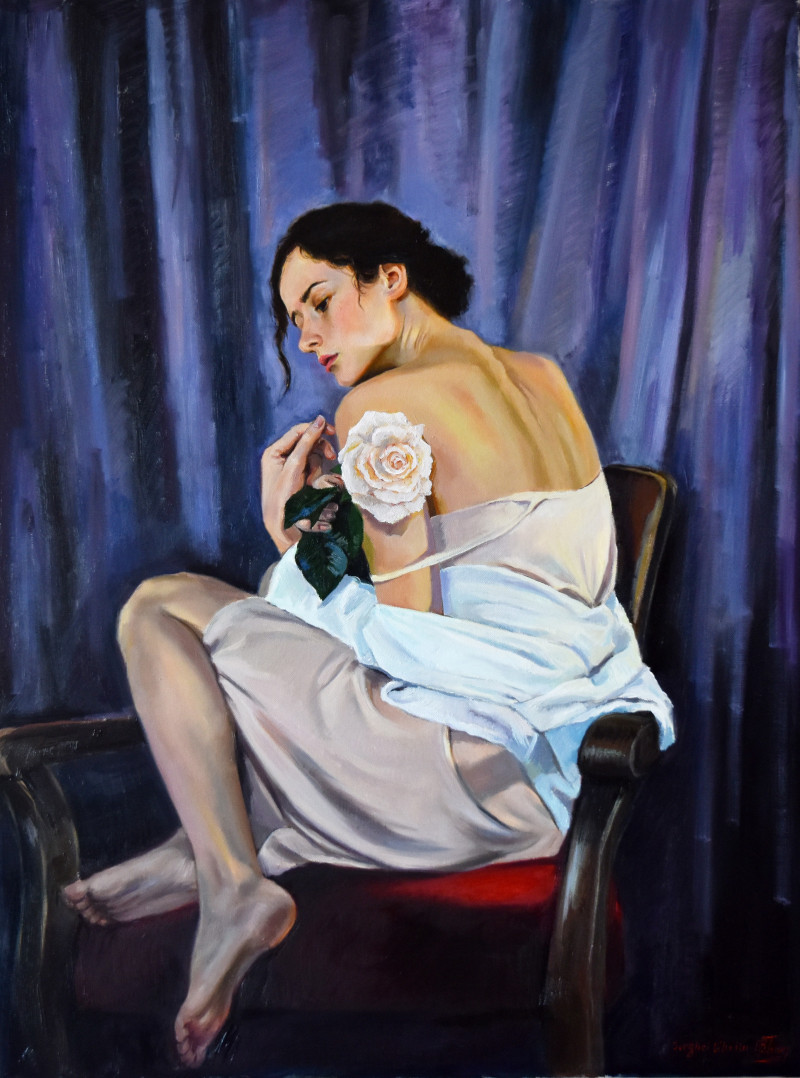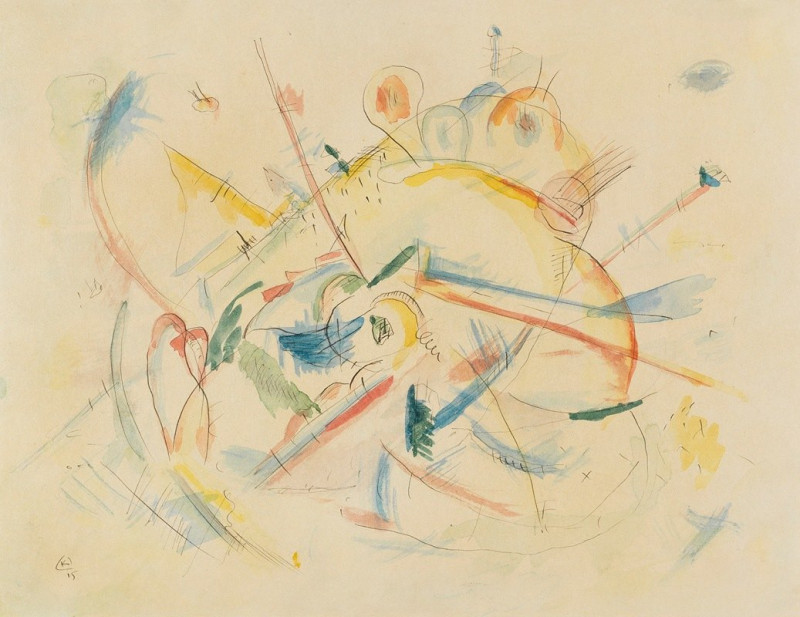Rosa Pimpinellifolia Mariaeburgensis (1817 - 1824)
Technique: Giclée quality print
Recommended by our customers
More about this artwork
The enchanting work "Rosa Pimpinellifolia Mariaeburgensis," created by the celebrated botanical artist Pierre Joseph Redouté between 1817 and 1824, stands as a testament to the rich detail and delicate precision of his artistry. This painting skillfully captures the ethereal beauty of the Mariaeburg rose, a species renowned for its graceful simplicity and refined elegance.In the composition, the viewer's attention is immediately drawn to a central cluster of white roses, rendered in full bloom. Each petal is intricately depicted, exhibiting tones of white tinged with subtle hints of blush. The vivid yellow centers of these roses add a vibrant contrast, while the soft shading enhances the three-dimensional effect of the blossoms.Surrounding the flowers are lush green leaves, crafted with exquisite attention to their serrated edges and vein patterns, which echo the natural symmetry of the rose's form. Delicate buds poised to bloom and a fallen rose hip, complete with its slender stalk, lie near the base of the painting, adding to the narrative of the rose's life cycle and its ephemeral beauty.Pierre Joseph Redouté's mastery in botanical illustration is unmistakably evident in this work. His use of soft, harmonious colors and the accurate portrayal of botanical details not only celebrates the inherent beauty of the Rosa Pimpinellifolia Mariaeburgensis but also contributes to the scientific and artistic archive of botanical studies.
Delivery
Returns
Pierre-Joseph Redouté, was a painter and botanist from Belgium, known for his watercolours of roses, lilies and other flowers at Malmaison, many of which were published as large, color stipple engravings. He was nicknamed "the Raphael of flowers" and has been called the greatest botanical illustrator of all time.

